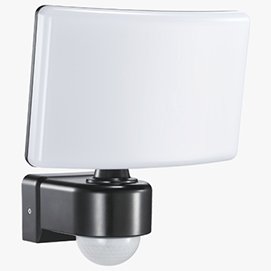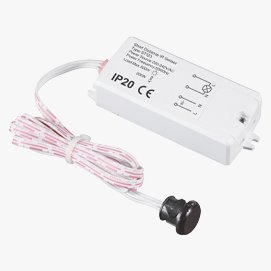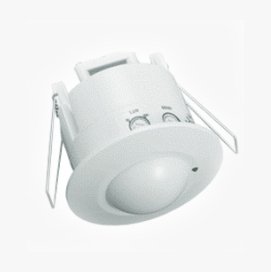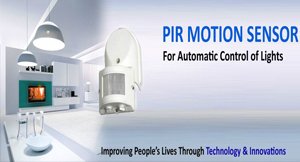Save Energy
Lighting: Occupancy Sensors / Energy Saving Sensors
General Information
Occupancy sensors detect the presence or absence of people and turn lights on and off accordingly. They may reduce lighting energy consumption by 50 percent or more in some circumstances, but the savings for any given installed sensor can be much less. As a result, it's important to carefully consider a wide variety of issues before installing an occupancy sensor in any specific location.
They are used most effectively in spaces that are often unoccupied, including some offices, warehouses, storerooms, restrooms, loading docks, corridors, stairwells, office lounges, and conference rooms. Open-plan office spaces, where one or more people may be moving in and out throughout the course of the workday, are not good candidates for occupancy sensors.
What Are the Options?
The two most common sensor types are passive infrared, which require a direct line of sight to the movement of infrared (heat) sources, and ultrasonic, which detect any movement, human or otherwise (for example, curtains). read more























